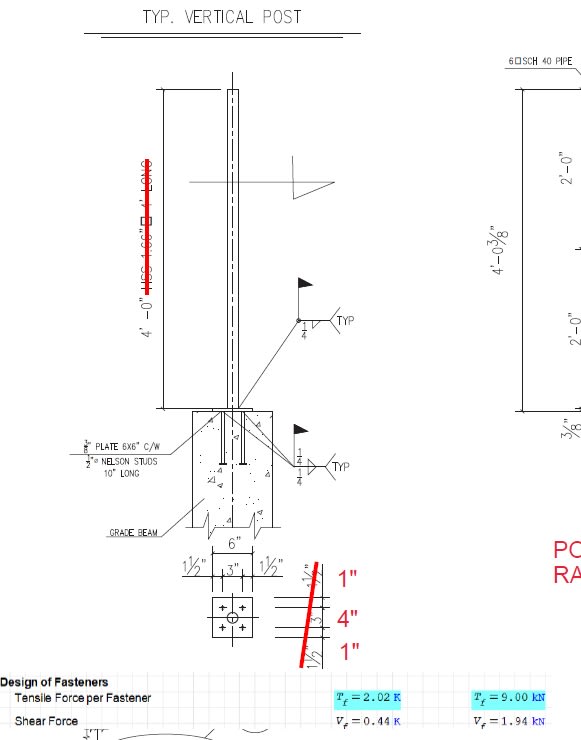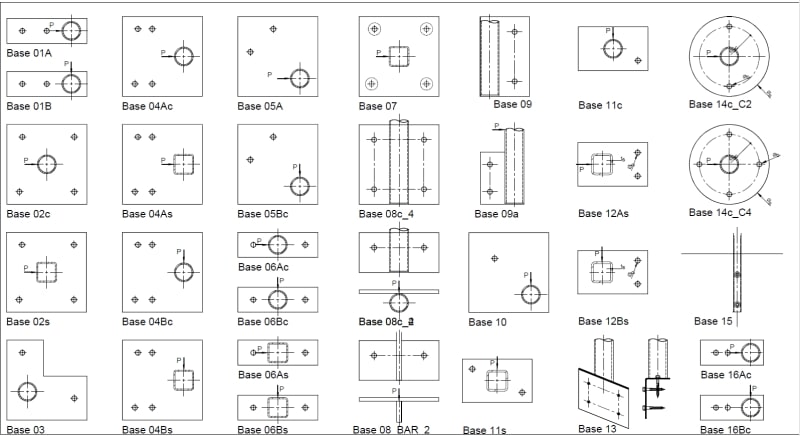I have a project that has a couple of headed studs on a baseplate for a guard attachment. They are in proximity to eachother (4"). Does anyone have a spreadsheet that can be used to determine the tensile capacity. Or point me to something I can quickly use. Alternatively if someone can point me to a paper that addresses this. I've done an internet search and am saturated with the amount on non-useful information.
thanks Dik
-----*****-----
So strange to see the singularity approaching while the entire planet is rapidly turning into a hellscape. -John Coates
-Dik
thanks Dik
-----*****-----
So strange to see the singularity approaching while the entire planet is rapidly turning into a hellscape. -John Coates
-Dik


